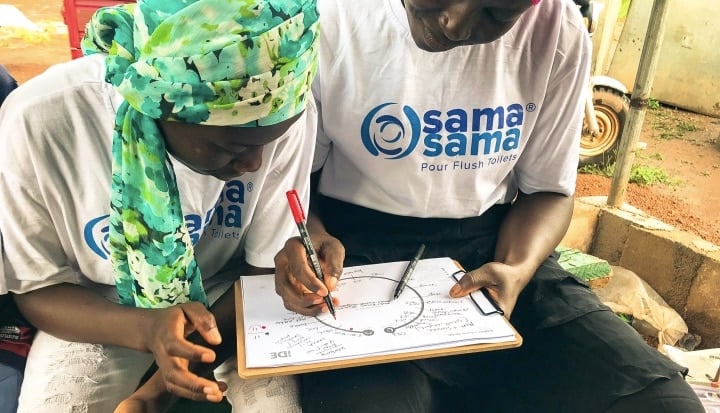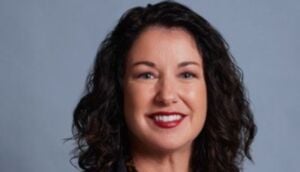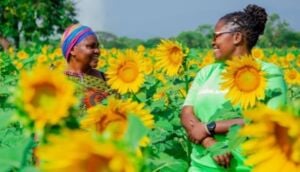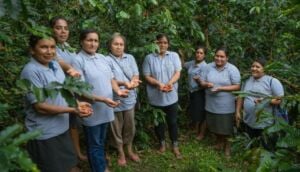By May 2018, we knew something was missing in the business model for Sama Sama, a toilet business iDE had started in rural Ghana in 2016.1 After two years of knocking on doors, sales were lower than expected or desired. This is a sure sign that another round of design is needed.
Prior to starting the business, iDE’s design team had conducted an initial deep-dive in order to understand current market conditions and user perceptions (including barriers and opportunities) regarding the purchase and use of an in-household toilet. From this research, the foundational design for Sama Sama emerged. A toilet product design was selected, the business and sales model were created and refined, and first orders were received.
Two years later, a review of the business analytics revealed that Sama Sama’s sales were flat month-after-month, indicating that our sales were not reaching the expected potential. We needed to know why.
Design Economics
There is an all too common misconception that Human-Centered Design is expensive and will tell us things we already know. Most projects only budget for one round of design even though design leads to higher profits and greater efficiency of donor dollars when used throughout the life of a project. The reason it increases profits is because it brings objectivity into the process, forcing us to check our assumptions—not just at the beginning—but throughout the growth of a business.
In 2016, with funding from the Government of Canada, iDE began a 4-year program titled Rural Sanitation in Northern Ghana (RuSHING).
The Sama Sama team needed to further explore the business model and the sanitation value chain in order to understand where bottlenecks existed. After a round of new interviews, the team unearthed an important detail that had been missed in 2016.
The design team uncovered that the female in the household is the main catalyst to a toilet purchase even though the male holds the money.
While the male head of household might be the one to actually “purchase” the toilet, it is the female who ultimately decides that her household needs one. Once decided, she will actively begin convincing her husband or the male head of household that this purchase needs to be made.
Checking Assumptions
How had we missed this in the original design effort? Sama Sama sales agents would often visit during the day to conduct direct sales presentations, assuming the right family members were present. But women of working and decision making age are away from their households from the early morning hours right up to dinnertime. By visiting during the day, the agents completely missed the true decision-maker: the women whom we now know are the main influencers in the decision to purchase a toilet.
Women of working and decision-making age are away from their households from the early morning hours to before dinnertime.
Women in northern Ghana typically run their own businesses selling products in the open marketplace and are often the main contributors to a family’s finance and overall economic position. The one place where all women frequent on a weekly or daily basis is the market. Here, they socialize, learn from each other, and seek out information about all facets of life from other women.
The open-air markets provide a tremendous opportunity for Sama Sama to increase sanitation awareness among women. By establishing a presence here, Sama Sama can educate, make sales, and provide service to new and existing toilet customers.
Leveraging these new insights, Sama Sama plans to open market stalls in both the Tamale metro market and the Bolgatanga market. By identifying this missing piece in the business model, this strategy shift will help us reach the expected potential for Sama Sama. And it is only possible because we didn’t stop designing, instead relying on our design process to continually check our assumptions about how to sell toilets.
The Government of Canada provides funding for this project.










